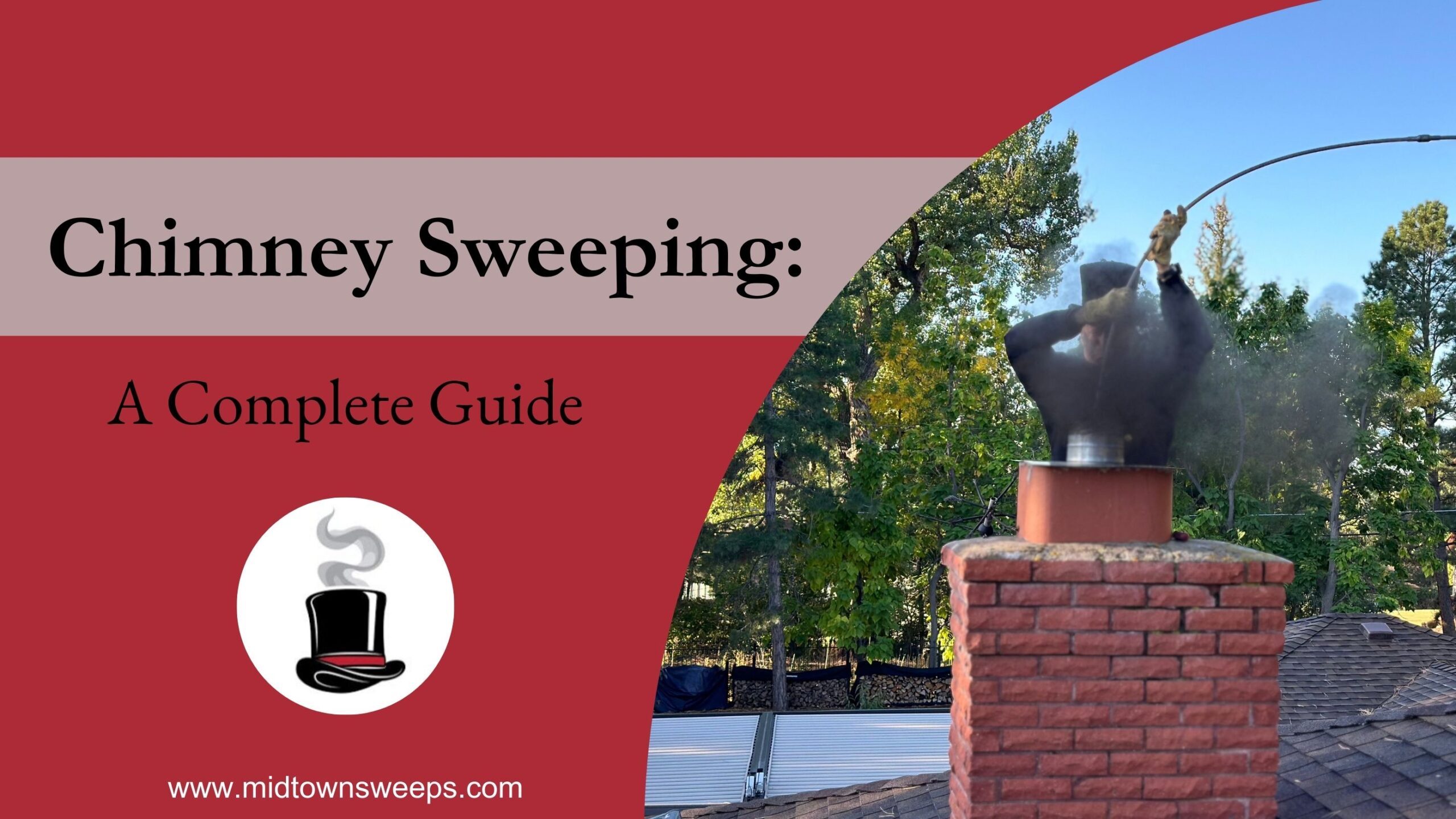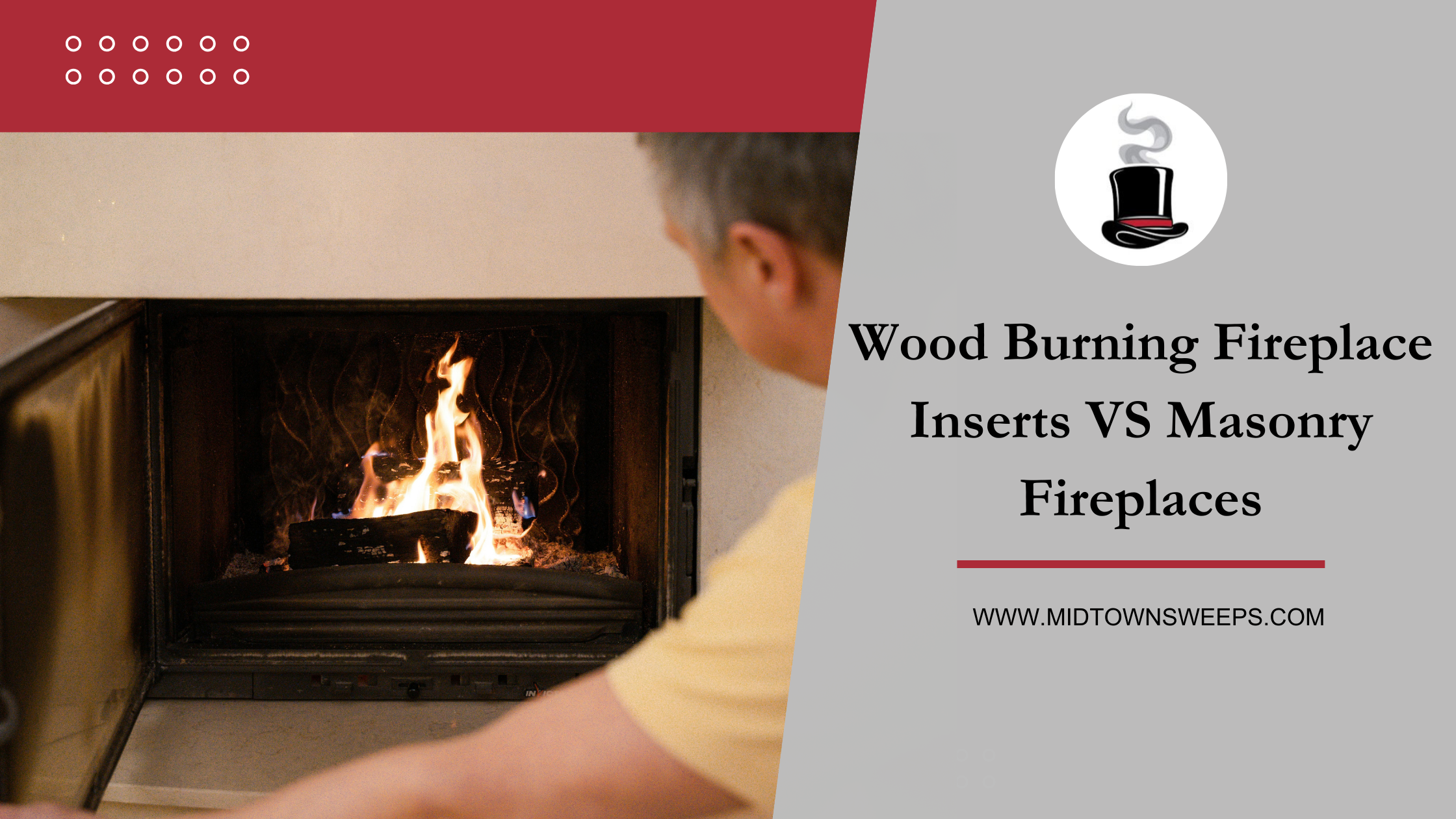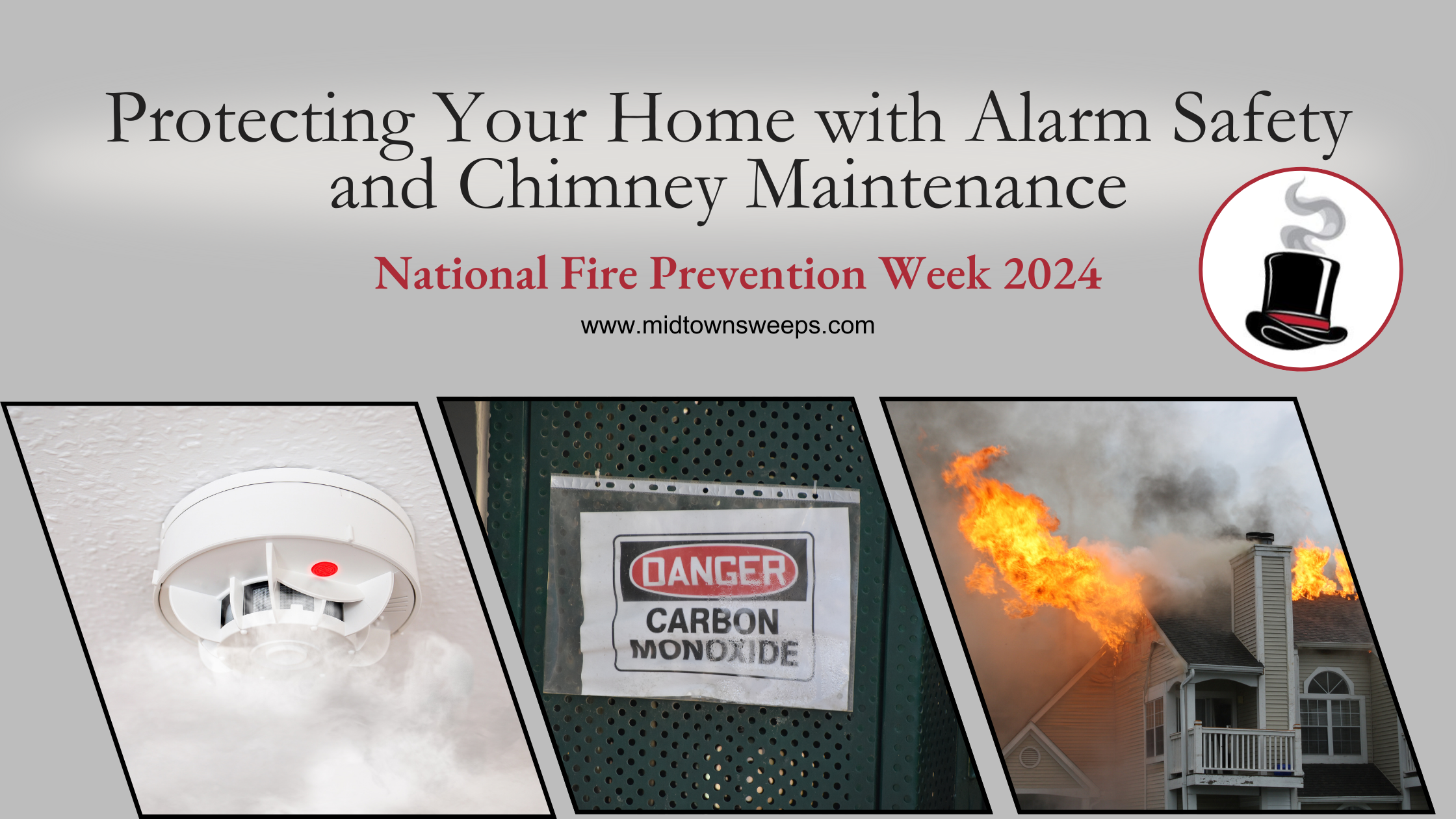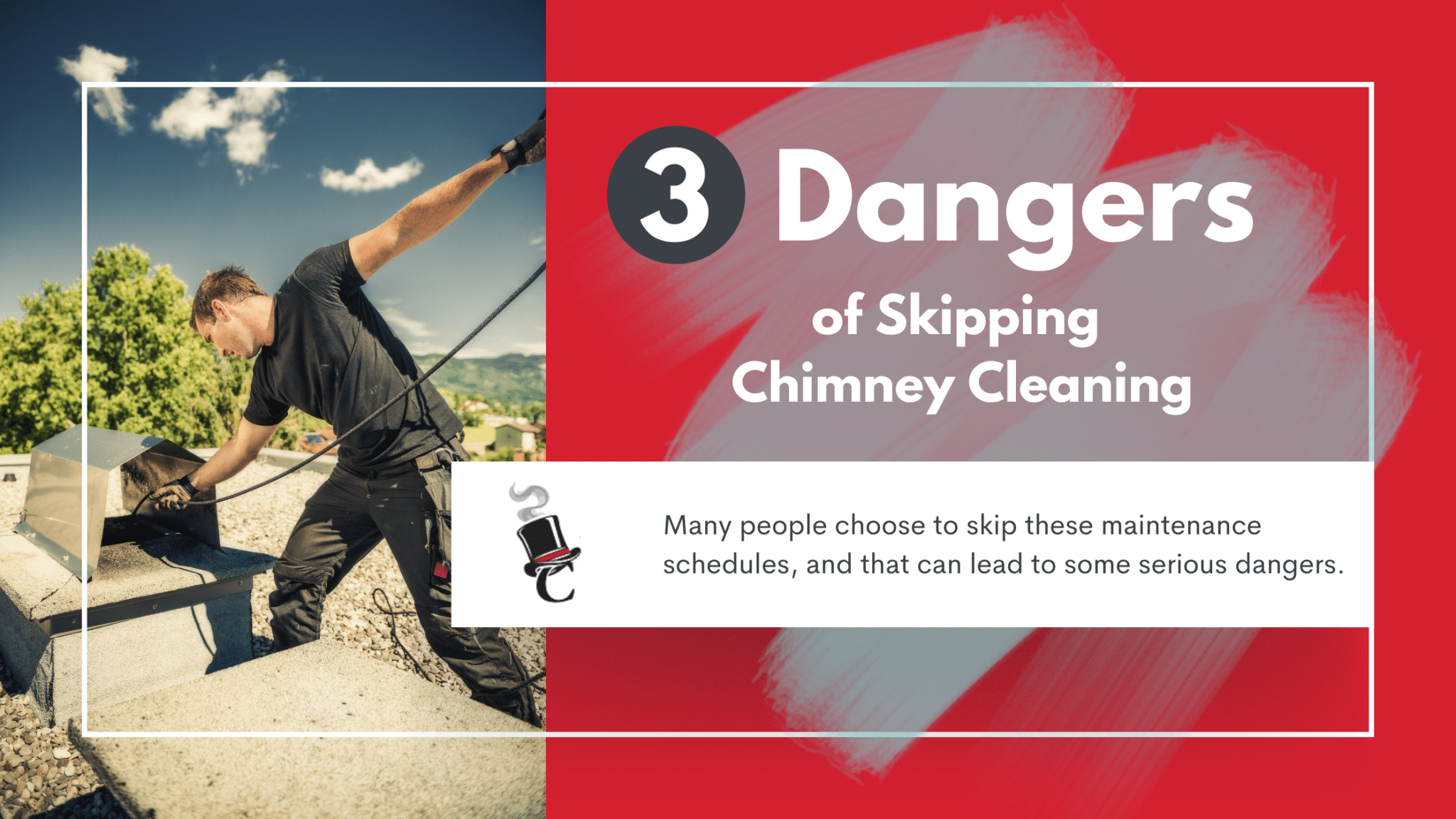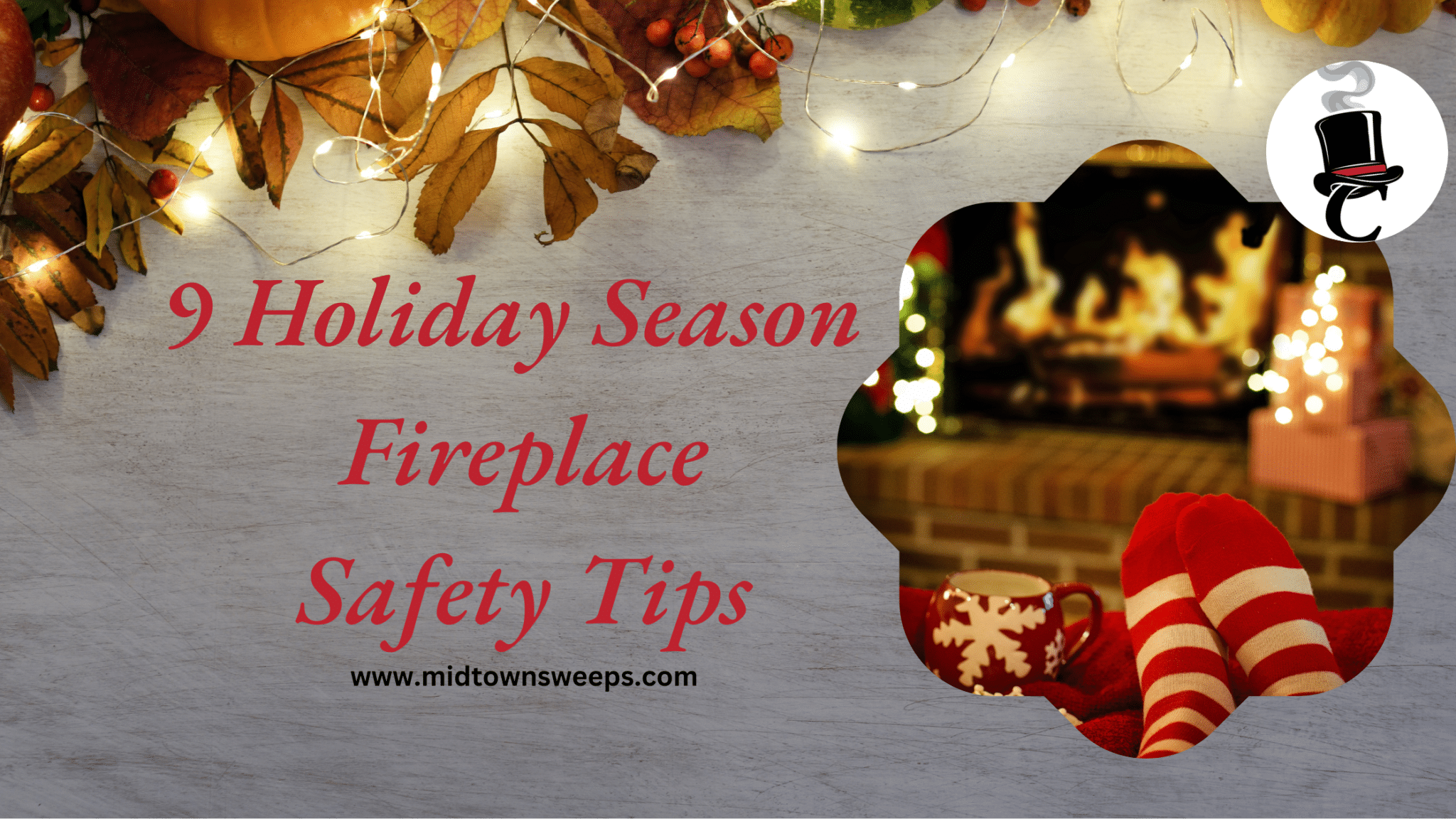Your fireplace is a source of comfort and warmth in your home on a cold night. With Fall and the colder weather approaching, there are more opportunities to light that fire in the hearth. As tempting as it is to use paper materials around the house as kindling and firewood, it is important to know what not to burn in your fireplace. Burning the wrong materials puts you at risk of starting an unmanageable fire (which can lead to a house fire) or exposing yourself and family members to toxic fumes. Below is a list of a few key items that should not be burned in your fireplace.
Paper Products With Ink
Paper products with ink, like magazines and junk mail, may seem harmless to burn. As ink catches fire it starts to decompose and releases toxic fumes into the air. These fumes have the potential to cause serious health problems. Save those paper products for the recycling bin and avoid burning them in your fireplace.
Treated Woods
Another sneaky culprit of releasing toxic fumes is treated wood. It is important to avoid burning treated wood as burning releases the chemical bond of the wood and is extremely toxic. This hazard is why it is illegal to burn treated wood in every state. It can cause irritation to your eyes, skin, and lungs not to mention causing potential damage to your fireplace as well.
Old Packaging
Old packaging is a tempting staple for a more “eco-friendly” option for breaking down cardboard, however a lot of cardboard is treated and also contains Styrofoam and cellophane. These materials release noxious fumes when burned and should be disposed of in the recycling bin.
Plastic Materials
Another dangerous material that should not be burned is plastic. It is known for releasing hydrochloric acid and dioxides in the air which are hazardous. Recycling all plastic materials is the safest disposal of plastic materials.
Gasoline or Lighter Fluid
While gasoline or lighter fluid will certainly get a fire going, using this type of accelerant inside your home is a severe safety hazard. It is very difficult to manage a fire with this type of fuel, and they can cause explosions or a house fire. These materials often contain petroleum-based chemicals as well, which produce toxic fumes, so it’s best to remove these as options when it comes to using your fireplace.
Certain Types of Plants
A few plants that should not be burned in your fireplace include Poison Oak, Poison Ivy, Oleander, and Poison Sumac. When burned their fumes can cause an allergic reaction and irritation. Another common “plant” that is tempting to burn is the Christmas tree. The typical Christmas tree has dried needles and sap, both of which are very flammable. Since it burns so quickly it rises through your chimney quickly and can cause a chimney fire.
Wet Wood
Finally, it is not a good idea to burn wet wood inside your fireplace. Wet wood releases a tremendous amount of smoke and will contribute to a massive amount of creosote build-up in the flue. This is a major fire hazard. Make sure all wood is dried out before using.
Understand Common Fireplace Hazards
These are a few of the most common fireplace hazards everyone should know about. Burning safely in your home will prolong the life of your fireplace and keep you and your family safe. As the weather becomes cooler, make sure you are stocked with the best burning materials for your fireplace. Don’t forget to have your annual sweep and inspection done to keep your unit in the best shape possible and to stay safe during the Fall season.



